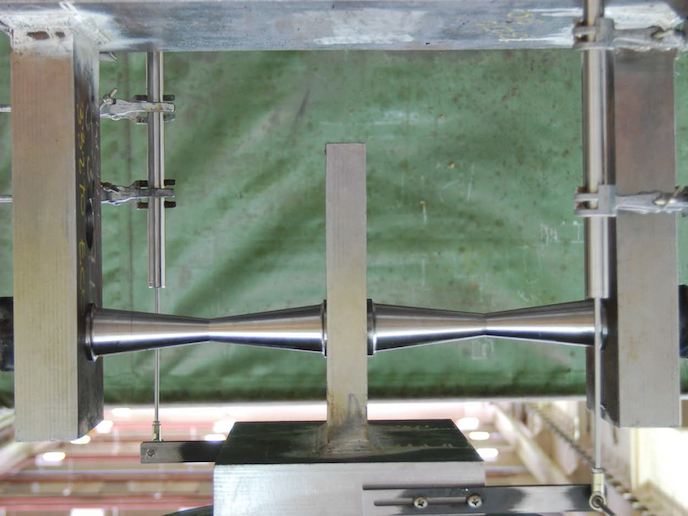A sturdy step forward for seismic design
Recent earthquakes have shown that while modern design approaches may reduce fatalities, damage to buildings may still financially cripple cities or countries. Hence, structural engineers need more effective methods to construct better buildings. The EU-funded IDESIGN (Enabling seismic design decision-making under uncertainty) project worked to develop the necessary techniques. It sought to define performance-based structural design for earthquake-prone areas, involving quantification of the concept of seismic performance. IDESIGN's concept built on standard engineering parameters, but added those of interest to stakeholders, including financial losses, human casualties and repair time. Performance-based engineering simultaneously considers assessment and design. The latter is the more difficult of the two, as it involves repeated assessment of different candidate structures. In general, inherent uncertainties in the building and seismic risk make both processes more challenging. The project aimed to remove such barriers via four branches of research. The steps involved examination of multiple building types, simply quantifying the effect of uncertainties, offering simple approximations for assessment and proposing a new design method. With this in mind, the team built a large database of structural models, reflecting contemporary steel and reinforced-concrete structures having been assessed for the effects of uncertainties. It then articulated a valid computer model to identify the effect of model uncertainties on seismic performance. Results also included a viable formula to assess seismic performance in terms of the mean annual frequency of damages that take place. This provides information regarding the structural parameters that affect the seismic behaviour of the building, helping to calculate a more analytical estimation of the building's performance. Another key project outcome was the development of yield frequency spectra that let engineers calculate building strength and stiffness in order to design better buildings. Technically, this means that architects and engineers can be more practical in designing structures, and are thus able to control consequences under seismic loads. Being able to design buildings that offer practically guaranteed performance in terms of resistance to earthquakes is crucial for preventing loss of life and considerably minimising the cost of reconstruction.





